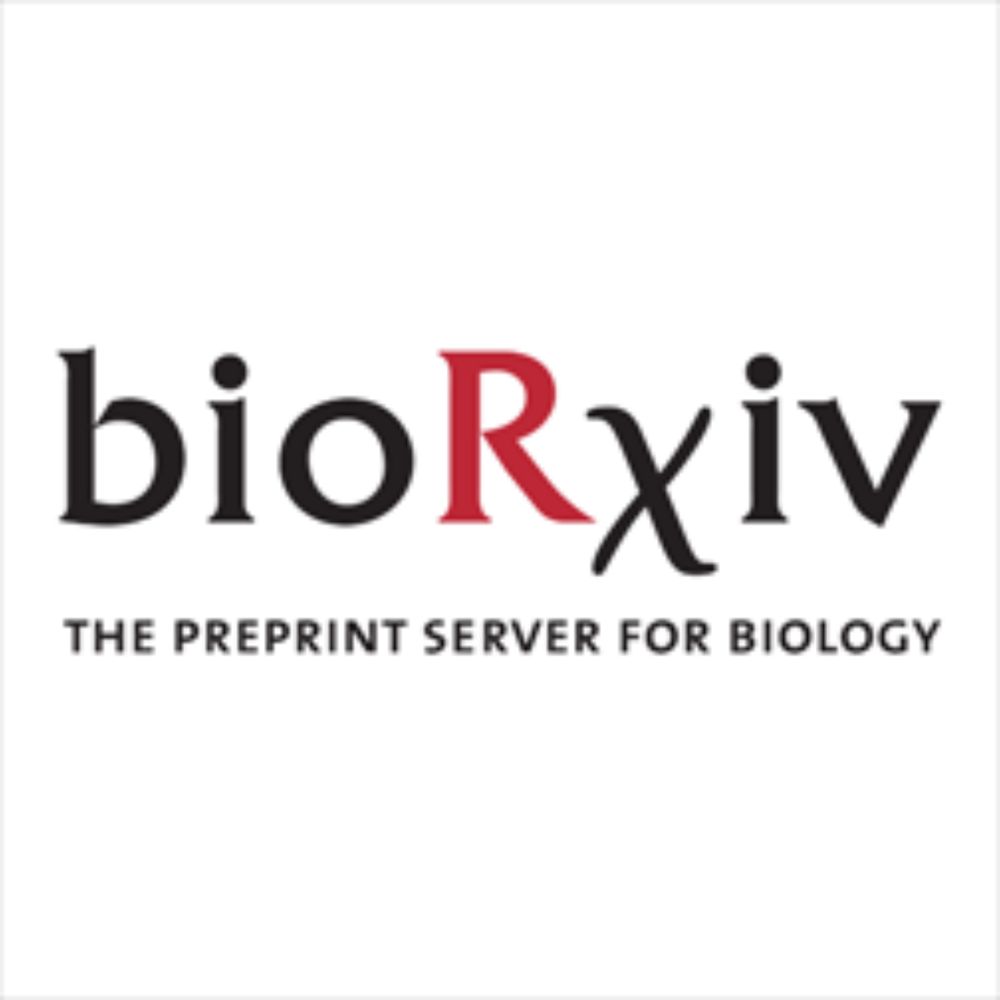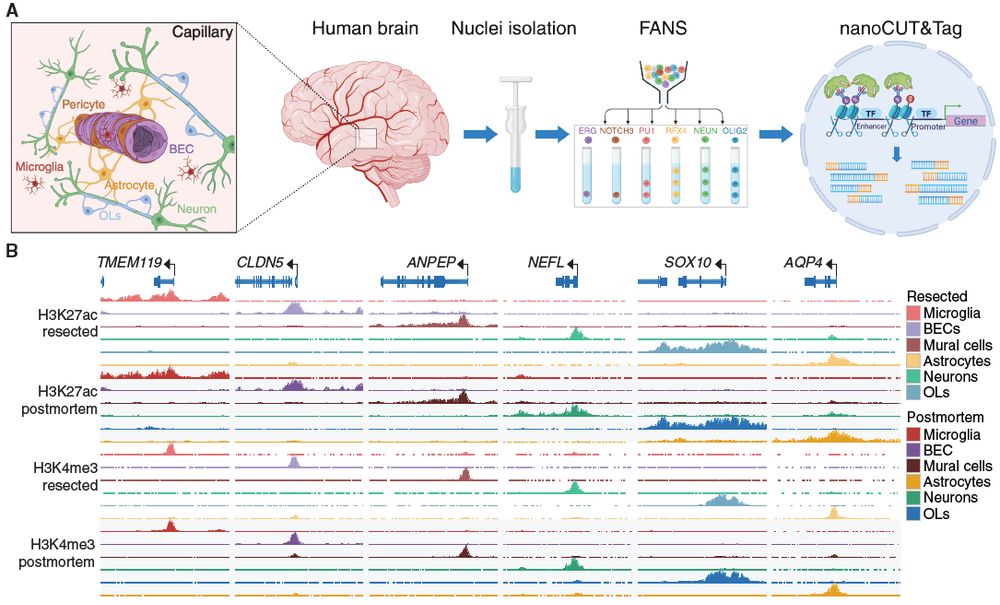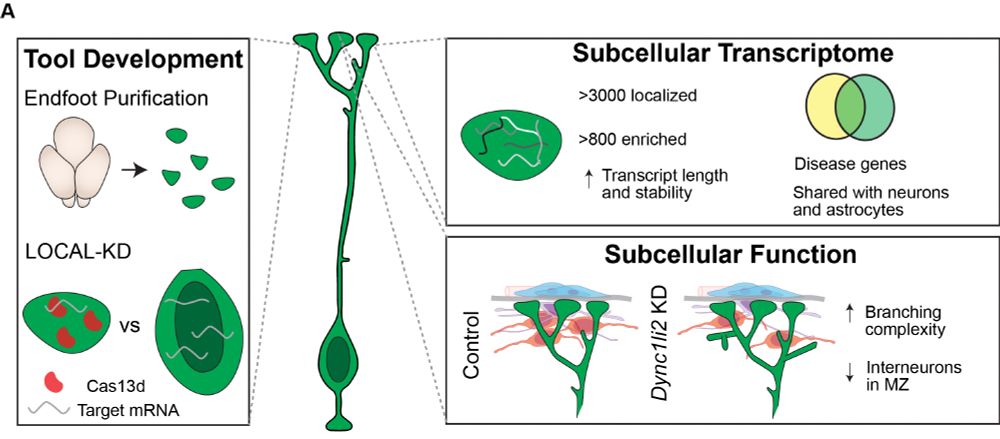
UAB Biochemistry & Molecular Genetics
Functional Genomics | Neuroepigeneticist, chromatin enthusiast | #epigenetics #singlecell Views/posts my own. She/her
rdcu.be/ePmwD

rdcu.be/ePmwD
doi.org/10.1016/j.ce...
We developed a new method called MCC ultra, which allows 3D chromatin structure to be visualised with a 1 base pair pixel size.

doi.org/10.1016/j.ce...
We developed a new method called MCC ultra, which allows 3D chromatin structure to be visualised with a 1 base pair pixel size.
Thanks to co-firsts Kelly and Peter, Kiskinis, Eggan and Fratta groups and others.
www.nature.com/articles/s41...

A big step for precision medicine!
www.nature.com/articles/s41...

A big step for precision medicine!
www.nature.com/articles/s41...
www.biorxiv.org/content/10.1...

www.biorxiv.org/content/10.1...
www.biorxiv.org/content/10.1...

www.biorxiv.org/content/10.1...
www.cell.com/neuron/fullt...

www.cell.com/neuron/fullt...
www.nature.com/articles/s41...

www.nature.com/articles/s41...

Project led by Amanda McQuade, computation by Reet Mishra, collaboration with the Nunez and De Jager labs.
Alzforum
www.alzforum.org/news/researc...
Preprint
www.biorxiv.org/content/10.1...

Project led by Amanda McQuade, computation by Reet Mishra, collaboration with the Nunez and De Jager labs.
Alzforum
www.alzforum.org/news/researc...
Preprint
www.biorxiv.org/content/10.1...
As a PhD student, I focused on the growth-rate transcriptional regulation in yeast.
Now, ~ 20 years later, we report protein regulation scaling with the growth rates of single cells in mammalian tissues.
www.biorxiv.org/content/10.1...

As a PhD student, I focused on the growth-rate transcriptional regulation in yeast.
Now, ~ 20 years later, we report protein regulation scaling with the growth rates of single cells in mammalian tissues.
www.biorxiv.org/content/10.1...
Compared to biorxiv, published includes new analysis from James Jusuf and Viraat Goel (from @andersshansen.bsky.social lab) on transcriptional spiking
Compared to biorxiv, published includes new analysis from James Jusuf and Viraat Goel (from @andersshansen.bsky.social lab) on transcriptional spiking
We very happy to share our latest work trying to understand enhancer-promoter compatibility.
I am very excited about the results of @blanka-majchrzycka.bsky.social, which changed the way I think about promoters
www.biorxiv.org/content/10.1...

We very happy to share our latest work trying to understand enhancer-promoter compatibility.
I am very excited about the results of @blanka-majchrzycka.bsky.social, which changed the way I think about promoters
www.biorxiv.org/content/10.1...
Listen here: www.activemotif.com/podcasts-rya...

Listen here: www.activemotif.com/podcasts-rya...
www.science.org/doi/10.1126/...

www.science.org/doi/10.1126/...
Frequently the trans and intersex communities are excluded from population-based genomics studies because they cannot be put in a neat box. But sex is a complex trait, like many other traits we study #ASHG25
Frequently the trans and intersex communities are excluded from population-based genomics studies because they cannot be put in a neat box. But sex is a complex trait, like many other traits we study #ASHG25
Room 210C at 11am.
Room 210C at 11am.








